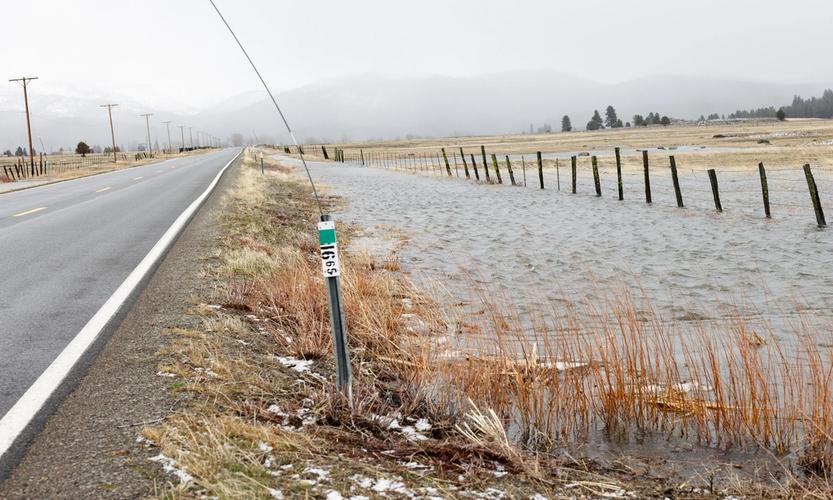June 6th — A Day of Remembrance
June 13, 2024
Much has been reported of the 80th anniversary of the landing of Allied troops at Normandy during World War II. I recall when, in 1984, President Ronald Reagan led a remembrance ceremony in honor of the 40th anniversary of D-Day. He delivered a moving speech that evoked in me the desire and motivation to visit the historic site of what Eisenhower called “Operation Overlord.” I planned a trip to Europe for the following spring with my now-deceased friend, Jay Collins, who was one of my earliest supporters on my arrival in East Hampton in the mid-1970s. Jay was a veteran of the Pacific campaign and had escaped the bombardment on Pearl Harbor. He was above the action, serving as a radio operator with a naval flight crew when the attack occurred. He and I decided on a road trip from the shores of Normandy eastward to see the sights of Paris and then on to Baden Baden in Germany. There was no GPS then, so to plan the route, we used maps and hotel guides.
We sought out the cheapest flight to Europe near western France, which landed us in Brussels, Belgium. From there, we drove a rented BMW the five hours to Normandy, where we spent the next few days walking the shores and the cliffs at Pointe du Hoc, overlooking Omaha Beach. It was there that army rangers scaled the 100-foot rocky escarpments and seized the German artillery defenses, preventing them from further firing on incoming Allied troops. We peered into the German bunkers from which the enemy rained down fire on the soldiers climbing up. We gathered shells on the beaches as a remembrance of the trip, and we walked among the graves at the American cemetery where 10,000 service members are memorialized. It was deeply affecting. I was born in 1939, and one of my earliest memories is of sitting on the curb on Main Street in my hometown of Rochester, watching crowds of people waving tiny American flags as the soldiers marched by in the Memorial Day parade. In later years, my friends and I wore Army shirts and played soldier with discarded canteens and other GI paraphernalia brought home by returning veterans, whom we looked up to and admired. I recall our next-door neighbor, a former Army Air Corps pilot, who recounted his daring exploits during the war to us local kids. It was quite an experience being there in France, where some of the fiercest battles of the war were fought.
After Normandy, Jay and I set off armed with several baguette loaves, cheese, and ham. In looking at the AAA map, I noticed there was a dot with the word “camp” next to it in the town of Dachau, about two hours farther east into Germany than we had intended to go. We decided to go look for it. Back then, there were few maps that showed where the wartime concentration camps were located. After visiting Paris, we proceeded east through northern France and arrived in Baden Baden. The next day, we drove again, and as we got closer to Munich, we attempted to find the infamous camp using our AAA map. When we arrived in the town of Dachau, there were no signs posted for it. We had to ask around and bumped into some locals who spoke sufficient English to give us the directions. When we finally did find the remains of the camp, we could not locate the entrance, so I stood on the hood of the car to peer over the wall. Inside were numerous sheds over several blocks of city streets. As I looked over the bleak scene, I thought about the soldiers scaling the cliffs at Pointe du Hoc. I also thought about my parents, who escaped the fate of my grandparents, aunts, and uncles, all of whom perished in the war, probably in a camp not dissimilar to Dachau.
Featured Articles

FEMA Unveils Expanded Floodplain Maps for Sierra Valley →
November 4, 2025
FEMA’s new maps could require more Sierra Valley homeowners to purchase flood insurance.
Community Supports UPS Driver Garitt Cox in Board Presentation →
November 4, 2025
Fish & Wildlife Lethally Removes Sierra Valley Problem Wolves →
October 27, 2025
Plumas-Sierra CattleWomen Disband After 60 Years →
October 28, 2025
Exotic Animals Delight Downieville Students at Wild Things Assembly →
October 20, 2025